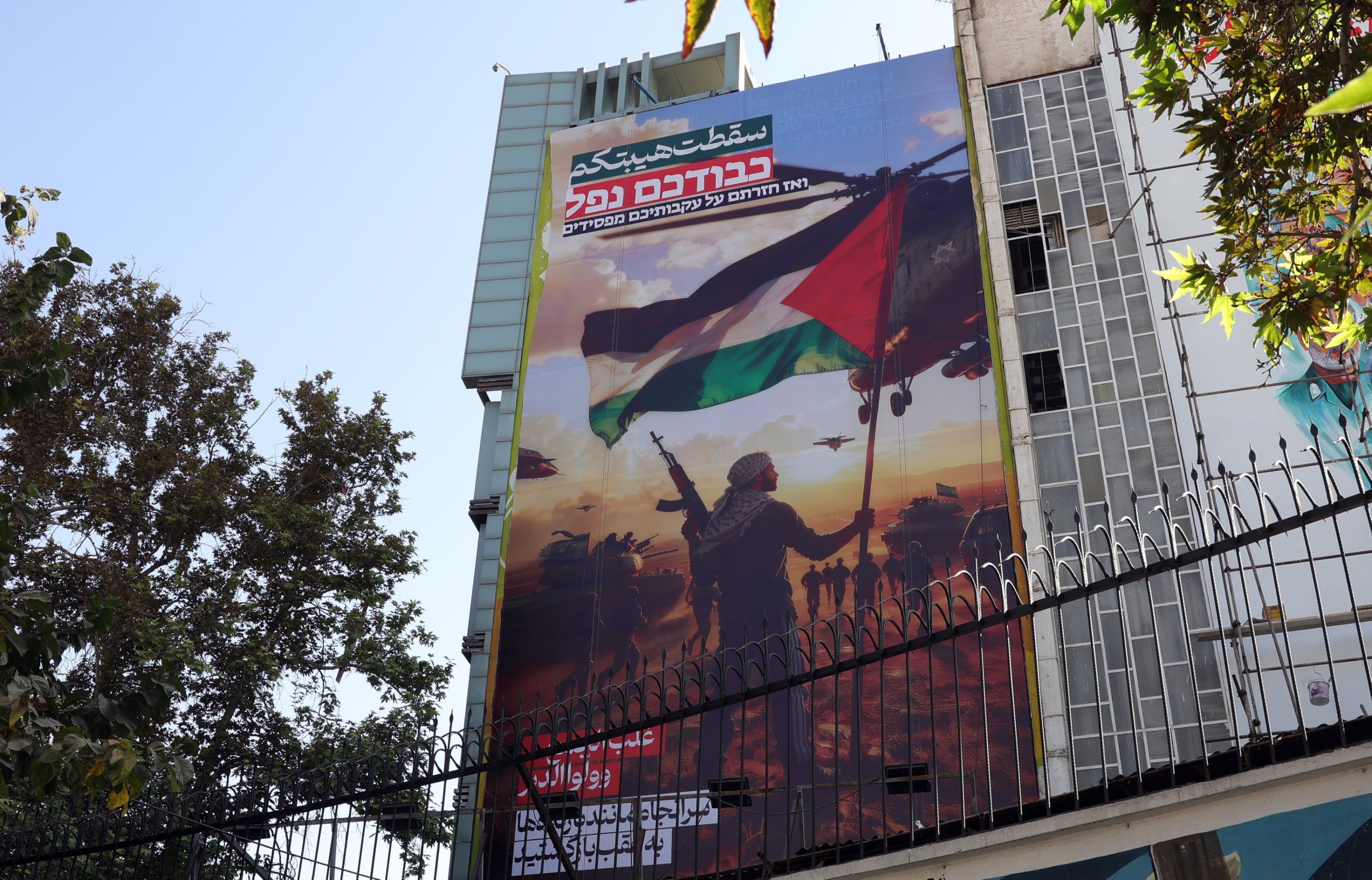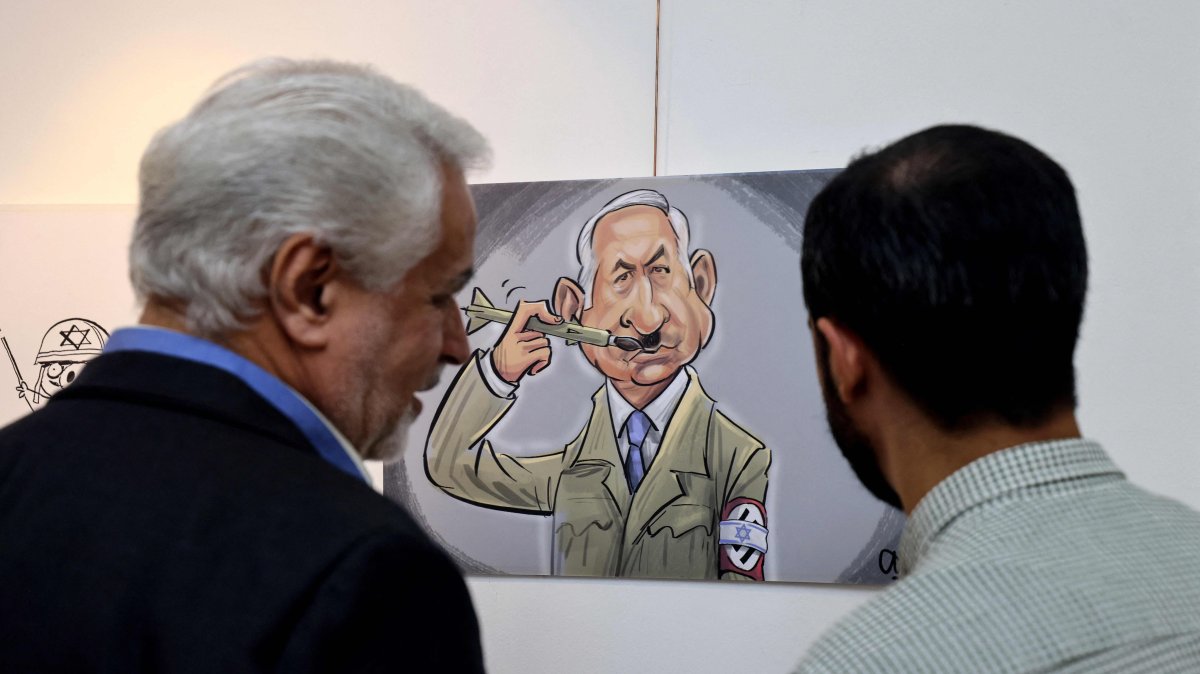Although the cease-fire reached on June 24, 2025, ended the 12-day high-intensity conflict between Israel and Iran, it did not alter the structural dynamics of regional tension. On the contrary, in the weeks that followed, both sides reshaped their military and political preparations with the prospect of a new confrontation in mind. The statement made in July by Israeli Chief of Staff Eyal Zamir that “the war with Iran is not over” signaled that Tel Aviv had not yet fulfilled its strategic objectives. Meanwhile, Iran’s growing missile production capacity, its expanding mobile launch infrastructure and the changes observed in its defense doctrine suggest that in a potential second round of conflict, Tehran would emerge as a more resilient and responsive actor.
Yet despite these indicators, how likely a second war truly is and what each side would aim for this time, or which thresholds they would be willing to test, remains unclear. During the first phase of operations, Israel’s target selection was remarkably broad: Not only military bases or missile sites but also nuclear infrastructure, strategic command centers and symbolic institutions of the regime were hit. Coordinated with Mossad’s covert operations, this wave of attacks primarily targeted Iran’s air defense systems, ballistic and cruise missile launchers, uranium-enrichment facilities, military depots and command hubs.
These strikes also aimed to inflict direct blows on Iran’s leadership, shake the regime’s decision-making centers and weaken its strategic deterrence capacity. As the operation unfolded, it became evident that Israel had achieved tactical rather than strategic success. It was later revealed that Israel had attempted, but failed, to assassinate both Supreme Leader Ali Hamenei and President Masoud Pezeshkian. Likewise, efforts to ignite armed ethnic uprisings also proved unsuccessful.
Shift in Iran’s domestic politics
Inside Iran, the desire and determination to move toward nuclear capability visibly increased, while the public consolidated more tightly around the governing elite. The government, invoking national security, was able to pass stringent laws with ease, deport tens of thousands of refugees and implement sweeping domestic security measures. Investigations following the 12-day conflict uncovered numerous Israeli-linked cells, through which Iranian security agencies obtained valuable information about the operational methods, local contact networks and sabotage techniques used by Israeli intelligence. Ironically, Israel’s methods during the offensive taught Iran, through direct experience, how to reinforce its own defense mechanisms.
Iran’s ability to strike Israeli territory with its missiles broke the prevailing sense of defeat among its supporters across the region. The narrative that Iran had deterred Israel and forced it into a cease-fire gained traction in domestic and allied media. Open-source intelligence further indicated that Israel’s air defense stockpiles had reached critical levels by the sixth day of fighting. In the aftermath, Iran carefully studied which of its missiles had achieved accuracy and penetration against Israeli systems and prioritized the mass production and mobility of those verified types, expanding its manufacturing lines accordingly.
Of course, every military operation involves setbacks and unachieved objectives. Yet the aforementioned factors could create undeniable strategic vulnerabilities. It is indisputable that Israel has studied Iranian networks and groups thoroughly. However, it appears to have severely underestimated Iran’s cultural intelligence and the sociological texture of its society. Assuming that the Iranian population would quickly turn away from its rulers within 12 days and that this would trigger a regime collapse betrayed a fundamental misunderstanding of Iranian social dynamics.
Ethnic armed groups, for example, were acutely aware, through the historical memory of their past uprisings supported by the Soviet Union, of the heavy costs of premature mobilization. They experienced the same pattern again in 1979 and those lessons remain deeply etched in the collective memory.
Secondly, although Iranians often appear critical of their own government, they are profoundly attached to their country. During the 12-day conflict, fear that Iran could descend into the chaos of Syria or Libya drove much of the population to rally behind the state. In this regard, it seems that Israeli decision-makers either relied on flawed assessments that overlooked this sentiment or, in their haste, simply ignored it. During the Mahsa Amini protests, both Israeli and Western intelligence services learned valuable lessons about the regime’s resilience, lessons that Iran’s own security apparatus internalized and acted upon.
Today, no one in Tehran observes the hijab requirement in public spaces; although the issue was brought to Parliament, the National Security Council dismissed it. This reflects a broader shift: Iran’s domestic governance has grown more pragmatic since 2022. Here lies a crucial point often missed in external analyses: the gap between Iran’s internal realities and the narratives promoted by segments of the diaspora. Much of the diaspora’s discourse, particularly in Western media, is detached from conditions inside Iran. This disconnect has likely misled Israeli analytical circles. On several occasions, both Western governments and Israeli institutions have treated diaspora propaganda as factual assessments, leading to overconfidence and strategic miscalculation.

A pro-Palestine billboard with an inscription in Persian that reads, “Finally, you turned back like losers,” is seen at Palestine Square, Tehran, Iran, Oct. 15, 2025. (EPA Photo)
Challenges for Israel
The prospect of a second round of conflict is by no means remote. From Israel’s perspective, even if Iran appears to pursue diplomatic de-escalation, under current conditions, its increased missile output, reinforced air defense network and reorganization of regional proxy lines have transformed it into a far greater medium and long-term threat. As long as the ideological core that produced the Islamic Revolution remains intact, the complete dismantling of Iran’s proxy architecture across the region is, at least on an ideological level, impossible. Though Iran’s nuclear capacity may have been temporarily rolled back, its reconstruction potential remains intact and its missile capabilities have largely survived. Taken together, these factors indicate that Israel has failed to achieve most of the strategic goals it declared under Operation Rising Lion. Consequently, the likelihood of a renewed Israeli offensive is far from negligible, both from a military rationale and a strategic necessity standpoint.
However, Israel now faces formidable challenges. The element of surprise – so crucial for a small state attacking a much larger adversary – has been lost. The Iranians, who now almost expect a second round, have devoted every moment since June to preparation. The conflict and the existential anxiety it produced have also temporarily suspended the chronic rivalries and bureaucratic fractures within Iran’s intelligence community, making the apparatus more coordinated and operationally prepared.
A further complication for Israel is its severe loss of international prestige due to the prolonged devastation in Gaza. The months-long bombardment, high civilian casualties and the humanitarian disaster have deeply undermined Israel’s legitimacy, even among neutral observers. Global perception of Israel as an aggressor and destabilizing actor has hardened, making it increasingly difficult to justify a new war against Iran diplomatically. While Israeli leadership remains focused on short-term military outcomes, the erosion of international support and growing criticism within the United States itself has raised the political costs of a second confrontation to unprecedented levels.
No cease-fire, strategic patience
Iran, meanwhile, has drawn confidence from its ability to strike Israeli territory and test its deterrence in real time. Within Iran, the dominant view is that Washington’s unilateral cease-fire announcement was intended primarily to shield Israel. The perception that Israel cannot sustain a long war has emboldened factions inside Tehran advocating for a no-cease-fire doctrine in the next round – one that favors an uncompromising continuation of strikes, regardless of civilian or military distinction.
Strategically, this represents a critical shift: Like many states across the Middle East, Caucasus and Balkans, Iran possesses a high tolerance for pain. The prevailing belief is that the loss of several hundred thousand lives in Iran would not produce the same strategic effect as the loss of tens of thousands in Israel. Such an asymmetric calculus implies that Israeli society would face far greater internal shock, especially as the once-sacrosanct idea of Israel as “a safe homeland for the world’s Jews” has eroded over the past two years, triggering reverse migration. Against this backdrop, the slogan “no cease-fire” has gained momentum among Iran’s political and military elites, signaling the end of the so-called “strategic patience” period.
The only factor that could alter this equation would be a comprehensive U.S.-led military intervention with coalition support. Yet such a scenario would meet resistance from regional powers, particularly Türkiye, as it would severely endanger the broader security and stability of the Middle East. Conversely, if Iran were to lose all critical infrastructure, its energy grid and communication networks completely paralyzed, it remains uncertain how far it would be willing to go before de-escalating.
In conclusion, in a potential second round, Israel’s initial targets would likely include Iran’s mobile missile launchers and overall missile capacity. To generate a political crisis, it may also seek to strike leadership centers. In a scenario resembling Iraq between 1991 and 2003 – where the state structure survived but the country was plunged into chronic dysfunction – Israel could target critical infrastructure, beginning with the electrical grid. However, today’s international order is no longer that of the 1990s. A scenario in which Iran is completely isolated and driven into absolute collapse is unrealistic. Iran would almost certainly find ways to rebuild or at least restore essential systems to an operational level. Given Tehran’s demonstrated ability to retaliate harshly, Israel must reckon with the risk that such an offensive could end not in an effective victory, but in a Pyrrhic one.
